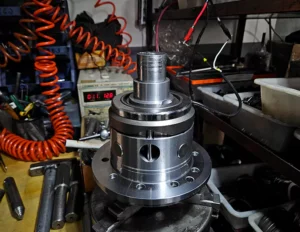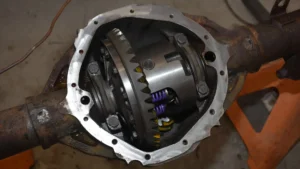
Introduction to Air Lockers
Air lockers, also known as pneumatic differential lockers, are a type of differential locking system that uses compressed air to engage or disengage the locking mechanism. They are widely used in off-road vehicles, heavy-duty trucks, and specialized machinery to provide maximum traction on challenging terrains. Unlike traditional limited-slip differentials (LSDs), which allow some wheel speed differentiation, an air locker provides 100% locking, forcing both wheels on the same axle to rotate at the same speed. This makes it an essential upgrade for serious off-road enthusiasts and professionals who require extreme traction control.
How Does an Air Locker Work?
Advantages of Air Lockers
Potential Drawbacks
Installation & Maintenance
Should You Get an Air Locker?
For off-road enthusiasts and drivers who frequently encounter challenging terrains, an air locker is a valuable investment. It provides instant traction, maximum control, and increased durability, making it one of the best upgrades for any 4×4 or heavy-duty vehicle. While the initial cost and installation complexity may be concerns, the benefits far outweigh the drawbacks for those who demand top-tier off-road performance. If you’re considering an upgrade, choosing a high-quality system and professional installation will ensure the best results.



